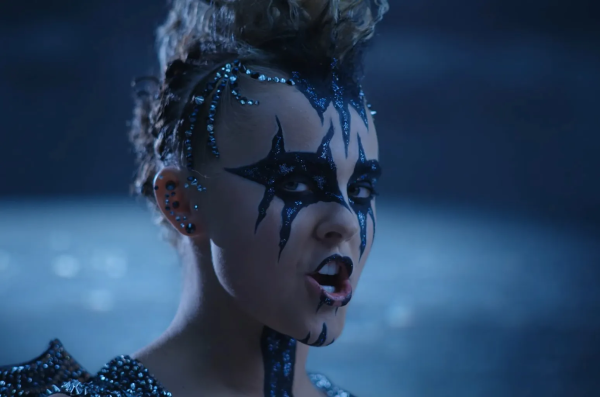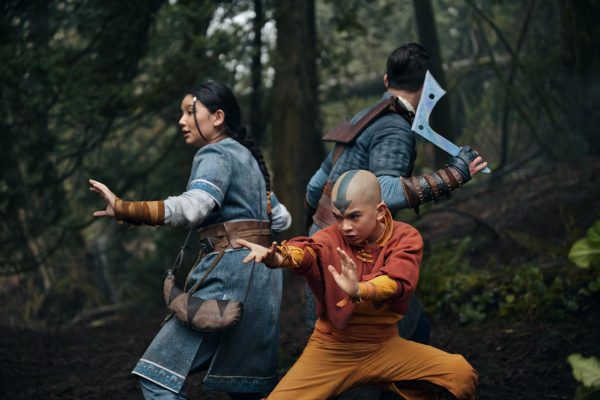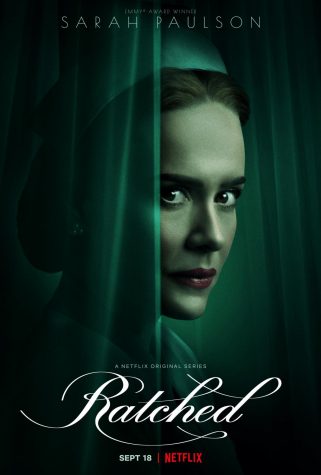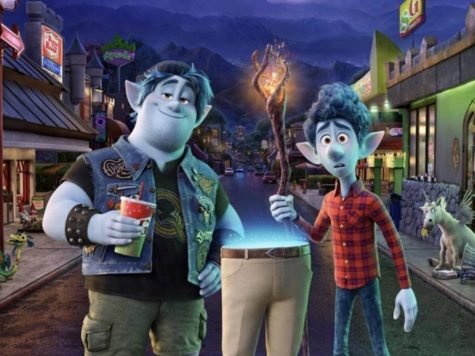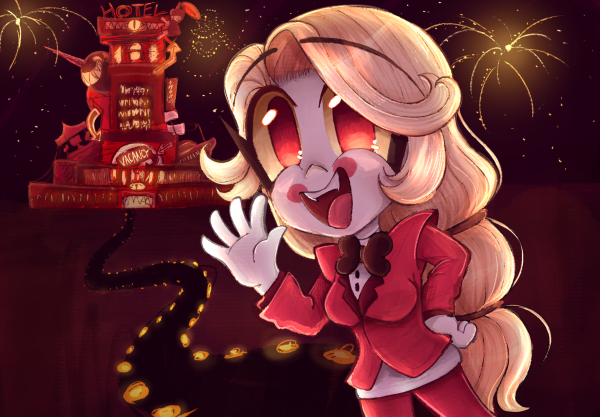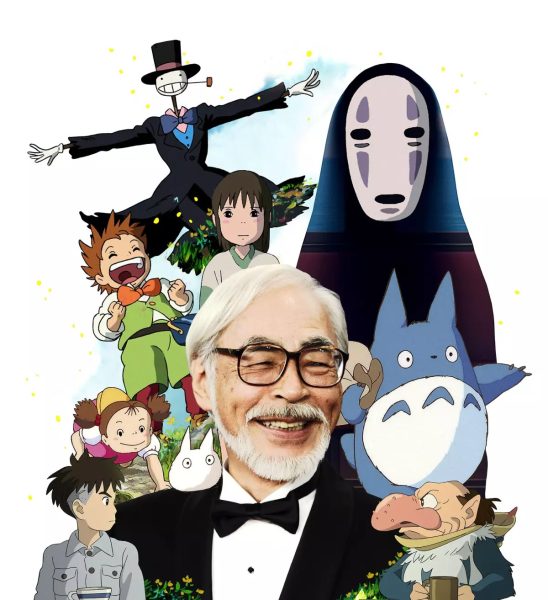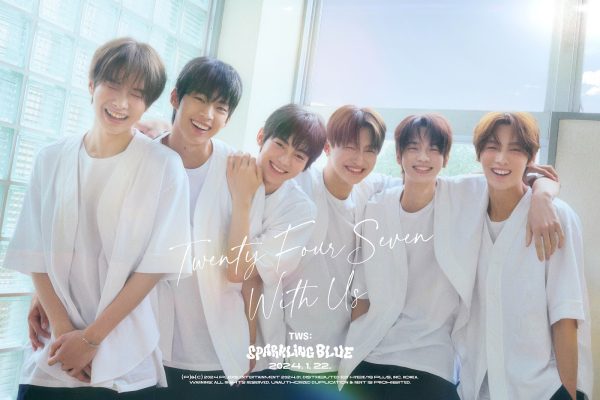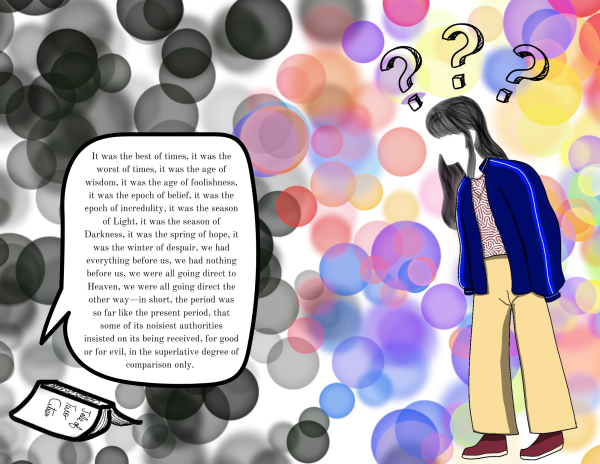The circle of life
New ‘Lion King’ brings reality of nature
In 1994, one of the most remarkable Disney movies – “The Lion King” – was released by Walt Disney. It tells the story of Simba, a young lion who is to succeed his father, Mufasa, as King of the Pride Lands; however, after Simba’s paternal uncle Scar murders Mufasa, Simba is manipulated into thinking he was responsible and flees into exile.
After growing up in the company of the carefree outcasts Timon – a meerkat and Pumbaa – a warthog, Simba receives valuable perspective from his childhood friend, Nala, and his shaman, Rafiki, before returning to challenge Scar to end his tyranny and take his place in the Circle of Life as the rightful King.
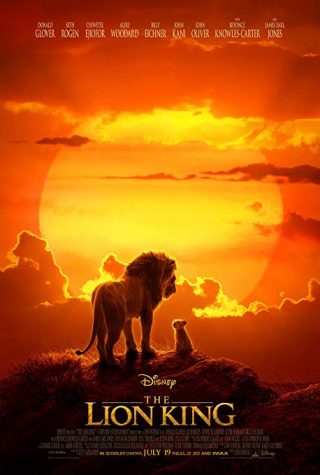
“The Lion King” roars with record-breaking $185 million on opening weekend.
The original animated film holds a rating of 93 percent on Rotten Tomatoes, based on 128 reviews, with an average rating of 8.39 out of 10. It also ranked 56th on Rotten Tomatoes’ “Top 100 Animation Movies.”
In July, “Lion King” was remade as a photorealistic computer animation film by Walt Disney Pictures.
Previews, which first debuted on Thanksgiving day last year, featured a nearly identical opening scene to the animated version, which shows animals gathering to bow before the newborn lion cub, Simba.
While the opening “Circle of Life” sequence is a near shot-for-shot copy of the original, the remake features several notable differences. In the original, Rafiki breaks open a fruit and smears its juices across Simba’s forehead, while the remake features a root instead of a fruit, and when Rafiki rips it apart, it emits a fine red powder, which he then spreads on Simba’s brow.
Despite small changes, this “new” Lion King offers a new perspective on the story: instead of watching a movie, it feels as if you’re watching a natural documentary.
This brings the reality of the setting to viewers, giving the film a completely new identity.
Directors use color techniques to enhance the viewer’s experience. In the film, when Mufasa tells young Simba that his territory is “everything the light touches,” the background color changes to a soft glow.
And when they have what proves to be their final conversation before Mufasa’s death, the sunlight ebbs and gives way to darkness. The sky then fills with stars, revealing to the audience that Mufasa is taking his place among the ghosts of kings.
Lastly, Simba’s final roar into the star-lit sky is reminiscent of childhood, in some way.
“It’s the circle of life that moves us all.” I never understood the significance of this idea as a child. Watching “Lion King” again, in a new format, reveals the true circle of life.
Overall, the film is an engaging, fun and entertaining visual treat that should definitely be experienced in theaters.



